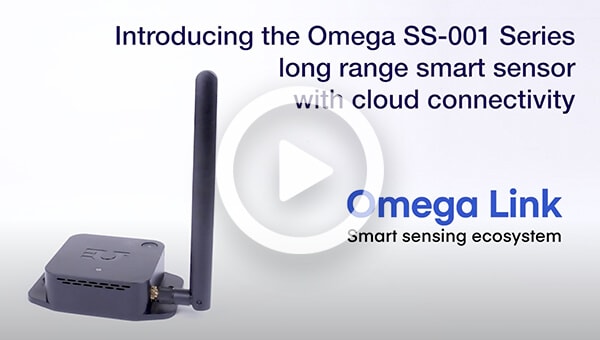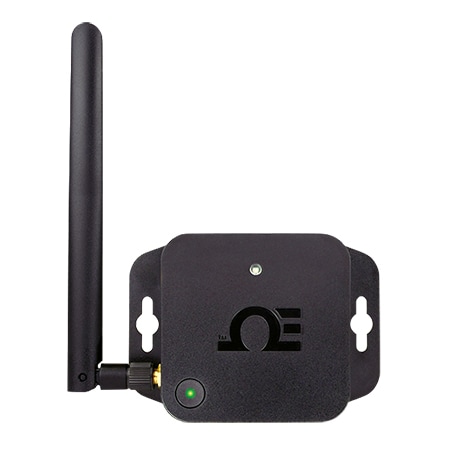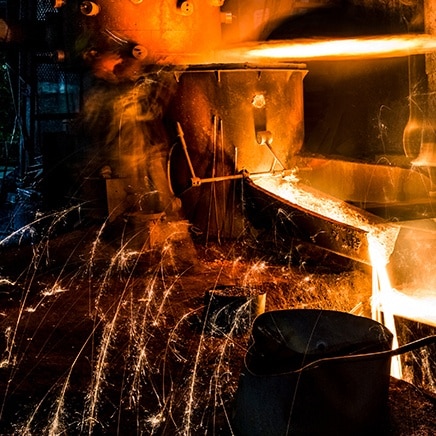Any new technology is ineffective if it fails to bring real-world benefits to the industry. IIoT is only useful if it can bring something new to industries and justify the time and money that enterprises spend to incorporate the technology.
However, the benefits that it brought has completely changed that perspective. Estimates suggest that by 2025, the IIoT market size is going to reach USD 949.42 billion. This growth puts IIoT among the list of fastest-growing markets in recent history.
Let us see the benefits of IIoT:
Improving Efficiency
Efficiency is the result created by an entity per effort. More results for the same effort increases the efficiency factor. Another way of increasing productivity is by minimizing losses (money, time, and energy). IIoT helps industries to raise their efficiency levels by optimizing existing processes. With the help of smart machines and sensors, the user now has complete knowledge of how well the machine works.
By knowing how the machine uses energy, it is possible to avoid unnecessary costs while improving core functions. Smart machines can relay the complete details on how they work, how much time they were active, and the time frames where they faced disruptions.
Improving Safety
With sensors and constant monitoring of man and machine, it is possible to reduce workplace accidents. With data flowing in and alerting the operators of a faulty machine or an overheating part, it is possible to take necessary steps to prevent the damage to the workers and the machine before that critical point.
Predictive Maintenance
Maintenance causes massive headaches to the industries as these are times when the machinery undergoes repair. It means they cannot contribute to the work cycle. With each passing minute, the company faces losses. Serious issues with the machine will leave the company scrambling to get the production rates to meet the demand.
Predictive maintenance is the process where the repairs are made on the machinery while it shows signs of failure rather than waiting for the equipment to fail. In other words, the machines get repaired even before they fail. The advantage of predictive maintenance is that the chance of the machinery going entirely out of commission is rare.
Sensors provide valuable data on the level of whereabouts of the machine on a scale that wasn’t even possible with traditional machines.
Increasing Uptime
One of the advantages of machines working well around the clock is that the company can maintain longer uptime. It is a straightforward logic that when machines work for longer, the higher the productivity. Companies are trying to increase uptime in various ways, and IIoT provides them with a more intuitive way to do so through machine monitoring and predictive maintenance. The ultimate goal is to keep the factory or industry working at high-efficiency without causing critical failures to the machinery.
Smart Sensors in Action
Smart sensors are effective when employed in production control and management. These devices allow manufacturing businesses to monitor various parts of the work environment. For example, sensors are useful to measure a variety of physical quantities from the operating temperature of machines to the rpm of a rotating component.
Through continuous monitoring of these parameters, it is possible to detect anomalies in production processes, identify ways to improve operating efficiency, and also prevent hazardous situations in the work environment. Smart sensors can also work as triggers for alarms to control and protect the equipment as well as the workforce interacting with it.
However, production is not the only area that can benefit from smart sensors. Here are other processes and workflows that businesses can optimize through these smart sensing devices.
Supply Chain Optimization
When equipped with GPS, smart sensors help real-time tracking of assets, inventory, and vehicles, and in many cases, people too. It becomes easy to estimate the time of arrival, carrier evaluation, cross-docking, and mitigate other delivery challenges. These devices keep an eye on logistics by collecting real-time data on the shipments that help to predict transit time and keeps concerned stakeholders in the loop.
The data from sensors is useful to gain information about the condition as well as the status of in-transit goods to avoid operational losses. These sensors also monitor asset location, asset temperature, and asset presence on the shelf as well.
With these devices, it is also easy to manage inventory by tracking production from initialization to final delivery. With access to real-time data, a smart sensor-based supply chain can forecast inventory for any future production cycle.
Better Machine/Equipment Utilization
What needs maintenance, and what requires replacement? This is something that would have been a guessing game in the past. Smart sensors take this guesswork out of the equation. These sensors collect data continuously to monitor the equipment used in production and thereby predicting failures and possible cases of breakdowns.
Keeping an eye on machine health shortens downtime and significantly reduces RAV (Replacement Asset Value). With a clear picture of machine performance, it is also possible to predict the idle time and optimize machine utilization for maximum efficiency and productivity.
Continuous Monitoring of Processes for Better Quality and Worker Safety
With continuous monitoring of parameters like temperature, pressure, and humidity, smart sensors ensure a healthy environment for activities involving physical engagement. For example, in a process industry, monitoring oxygen levels, fluid/gas concentration, chemical presence, and humidity levels are some of the ways these devices can provide visibility and control.
Maintaining the process quality while keeping a hazard-free work environment is the priority of any company or manufacturing/processing plant. However, to facilitate such conditions, data collection is necessary, and that too in an unobtrusive way. Smart sensors make this possible.
These devices are lightweight and do not require much energy to operate. At the same time, they can work round the clock to keep a check on all the critical processes.
Connected Buildings
Connected building is a new concept aimed at improving the overall efficiency of the building while improving the quality of workspace or living for the people within it. It is a fact that we spend 90% of our time within buildings. With smart sensors, it is possible to improve the efficiency of building utilities like electricity, cooling, heating, lighting, and more through a connected environment that allows remote control and monitoring of all the devices.
Conclusion
Smart sensors essentially turn mundane processes into smart through real-time data collection, processing, and transmission. These devices are bringing tremendous benefits to businesses of all sizes by bringing intelligence and automation into their processes and workflows. The role of these smart sensing devices will remain central as more companies continue to adopt IIoT to unlock better productivity and efficiency.



